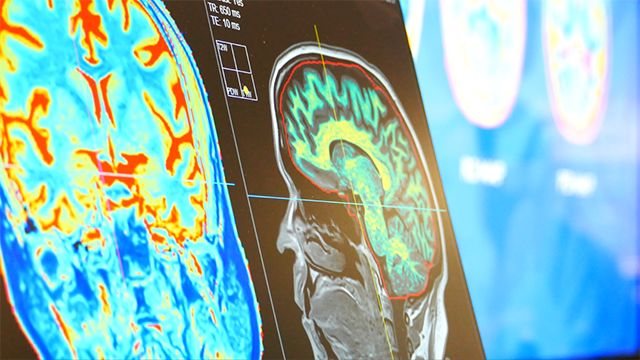Medical AI Project Lifecycle
Medical AI Project LifecycleI've been working in the field of machine learning and computer vision for almost 6 years now. But I've been focusing on Medical AI projects for more than 2 years now. Here's what to expect when working on such projects. DataExpect that you will be dealing with a unique type of data when working in the medical field. Types like DICOM, NIFTI or NRRD are amongst the most widely used formats in this field. This type of data is much more complex than the usual compute vision data that you find in 2D like JPG or PNG. It involves dealing not just with pixel information, but also with metadata. ModelingExpect the modeling to be more complex as well. What I mean by modeling here, is the training and evaluation of your machine learning model. Since the data is complex to deal with, then the modeling also becomes complex. You will find yourself iterating between the data and the models. This is because, you will usually find yourself choosing between 2 scenarios:
The answer to the question which scenario should you follow, will depend on your exact use case and production constraints. DeploymentDeploying machine learning models for medical imaging involves things that you usually do not think about when working with classical 2D images. You will have to deal with many different constraints, and you'll need to answer many questions such as:
All of these are things to keep in mind when deploying medical AI models. IntegrationSome people might consider this step as part of the previous step, but I think that it should be its own step. Here's why. A lot of medical applications that you'll build will only be useful if they are integrated into medical systems like PACS (Picture Archiving and Communication System). This could be a big task in itself! PACS expect a standardized DICOM file so any AI model output needs to be converted into such format. Then there is the problem of how to actually communicate with the PACS. These are challenges that you need to consider if you're developing medical products which will be integrated within hospitals or medical clinics software. All in all, these are the components of an AI project targeted for medical applications. If you're planning to work in the field, or you're planning to build a company in this space, keep these steps in mind 😉 X Post of the DayYet another MedTech company getting 510K clearance from FDA!
That's it for this week's edition, I hope you enjoyed it! |
Machine Learning for Medical Imaging
👉 Learn how to build AI systems for medical imaging domain by leveraging tools and techniques that I share with you! | 💡 The newsletter is read by people from: Nvidia, Baker Hughes, Harvard, NYU, Columbia University, University of Toronto and more!
Hello Reader, Welcome to another edition of PYCAD newsletter where we cover interesting topics in Machine Learning and Computer Vision applied to Medical Imaging. The goal of this newsletter is to help you stay up-to-date and learn important concepts in this amazing field! I've got some cool insights for you below ↓ AI Scribes: Transforming Medical Documentation Web Application for Medical Note Generation AI-powered medical scribes are revolutionizing clinical workflows by automating...
Hello Reader, Welcome to another edition of PYCAD newsletter where we cover interesting topics in Machine Learning and Computer Vision applied to Medical Imaging. The goal of this newsletter is to help you stay up-to-date and learn important concepts in this amazing field! I've got some cool insights for you below ↓ DeepSeek: A New Player in AI for Healthcare The new open-source LLM, DeepSeek, is creating buzz for its potential to transform AI in medicine and healthcare. Designed for...
Hello Reader, Welcome to another edition of PYCAD newsletter where we cover interesting topics in Machine Learning and Computer Vision applied to Medical Imaging. The goal of this newsletter is to help you stay up-to-date and learn important concepts in this amazing field! I've got some cool insights for you below ↓ Now You Can Use Large Language Models that are HIPAA Compliant People are finding ways to use large language models in all fields. MedTech is no exception. The amount of work...



